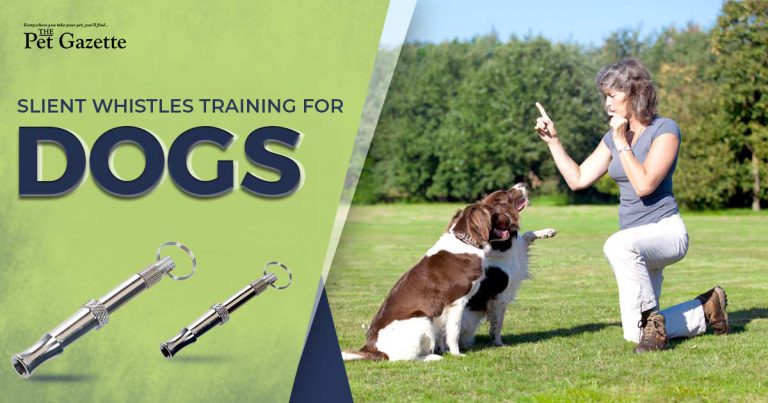A number of things make a dog’s scenting ability superior, most notably anatomy. The shape and length of a dog’s muzzle, as well as his habit of sniffing, is uniquely suited to extreme smelling ability. Some dogs have longer ears, which may also play a role in helping to funnel scent molecules into the nose.
Starting at the nostrils, their shape is unique to allow expiration out of the sides of the nose so that fewer scent molecules in the air or on the ground are disturbed. The actual act of sniffing heightens a dog’s scenting ability by disrupting the normal breathing pattern and allowing scent molecules to stay in the nasal passages longer.
The dog’s nasal cavity, like a human’s, is divided into two parts by the septum, which is formed from bone and cartilage. The nasal cavity contains a number of turbinate or cartilage-like bones. Those closest to the nostrils, called nares, warm and moisten incoming air. Further back in the cavity, the turbinate bones are covered by olfactory mucosa, a thick spongy membrane.
The mucosa consists of millions of microscopic cilia, or thin, hairlike structures sprouting into the passages. The olfactory mucosa and cilia also help keep dogs healthy by trapping dirt and other foreign objects so they don’t enter into the respiratory system. The size of the olfactory mucosa varies greatly within breeds, and maybe one of the primary factors that certain breeds are able to smell better than others. Dogs may have as few as seven or as many as 60 square inches of olfactory mucosa, while humans only have about one-half to one square inch.
Scented molecules are trapped in the mucus and processed by odor-detecting cells found on the tips of the cilia. Estimates of the number of these sensory cells range from about 125 million in the Dachshund to 300 million in the Bloodhound. Humans have far fewer, with estimates ranging from just five to 10 million of these specialized, odor-sensing cells.
How Dog Nose Services Us?
Here’s one unique example. Bed Bug Detection! Just about any place, the edge of your business card can fit into, bed bugs can hide! Do you travel extensively? On return where do you place luggage to unpack? Where do you store emptied luggage? Did your children attend camp? Did the family go on vacation? Do you have a housekeeper or nanny who stays elsewhere on a regular basis? Do your children have sleepovers regularly? Do you ride mass transit to go to work?
These trained dogs’ sense of smell is over 95% effective in targeting bed bug activity–far superior to a visual inspection through the human eye. The nose knows!
Top Dog Scent Detection Services offers a green and effective method to identify the location of your bed bug problem and the follow-up to confirm that the bed bugs have been eliminated.
Their dog handlers are certified in bed bug detection by the leading training facility for bed bug scent detection dogs, Florida Canine Academy in Safety Harbor, FL. They are re-certified on an annual basis. As part of the effort to continue to support animal rescue, all of the scent detection dogs are rescued from the humane society.
Their goal is to minimize expenses and reduce the number of pesticides that need to be applied during a bed bug treatment by targeting current bed bug activity. The Top Dog Scent Detection Services will take the time to visually verify alerts given by their dogs and will help you determine which areas on your premises are in need of searches.





